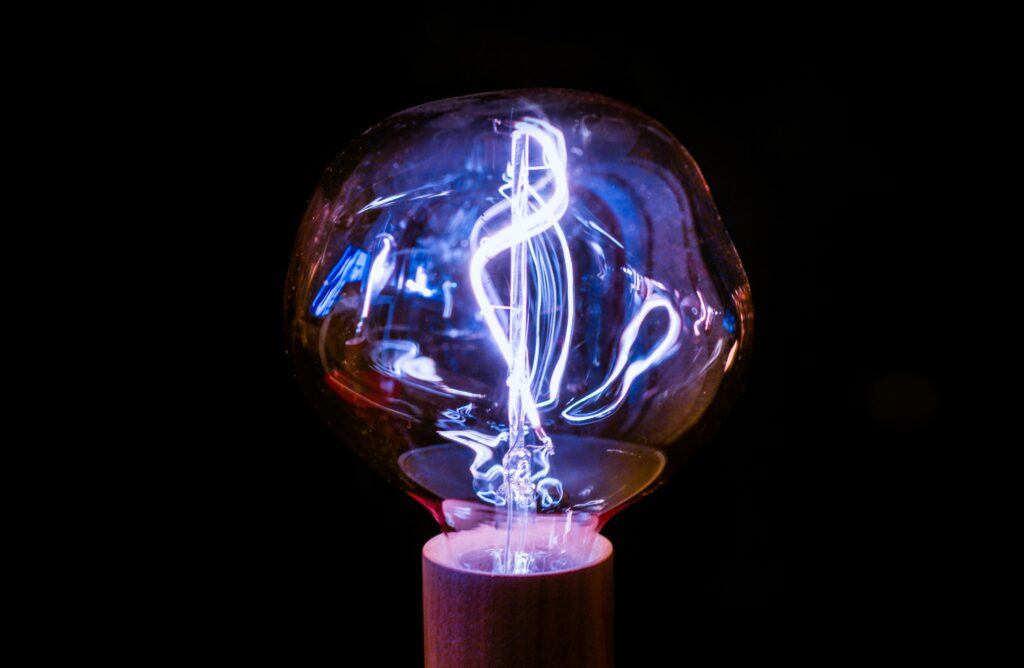

- Use of electricity in all fields of our life has increased considerably, for past
few years. The reasons for increased use in industry are mainly as under:
- Fine control
- Easily transportable
- Accurately measurable
- Can be used in very small magnitude to a very large one.
- It does not leave any trash or ash after use. Hence, it is eco-friendly.
Right from generation upto the industrial or domestic use, there are many electrical equipments are required.
2.0 Generator: It converts mechanical energy to electrical energy. It is driven by mechanical means like turbine or engine etc. Turbine may be driven by steam, gas, water or wind. Engine may be driven by petrol, diesel, and kerosene or bio gas. Generator output voltage may be 11KV, 6.6KV, 415V or 240V. Power generated is transmitted to switch or circuit breaker. Its rating is in Kilowatt (KW) or Megawatt (MW). For protection of generators against electrical & mechanical faults, protective relays are installed.
3.0 Power Transformer: It is used to step up or step down voltage as per requirement. It is the static machinery with very high efficiency. Rating is in KVA or MVA. While giving the details of transformer, primary/secondary voltages and MVA rating are mentioned. For protection of transformer against O/L, S/C, high temperature of winding & oil, any minor or major fault within the tank/oil, various relays are installed.
In large transformers, fire hazard is there due to oil. Hence now fire-quenching systems are available, which injects nitrogen automatically, as soon as fire is sensed.
4.0 Circuit Breaker: It is used to make or break the circuit. There are various types of breakers like-Air blast (ABCB), vacuum (VCB), bulk oil (BOCB), minimum oil (MOCB), SF6 etc. There are protection relays provided on the breaker panel. Relays operate and trip (open) the breaker during fault or overloading of the equipments connected on downstream side. Opening (tripping) time of breaker is in terms of milli-second. A standard, 11KV VCB can trip in 20 to 40 mille-seconds.
5.0 Cable / Overhead lines: To transmit power from one place to other cables or overhead lines are used. Cables are more costly, but are more safe and reliable as compared to overhead lines. Normally HV transmission between power stations or sub-stations is by OH lines. For OH lines, copper or ACSR conductors are used. Poles/towers are solidly earthed for safety. Power distribution within densely populated area, is by UG cables as well as OH lines.

6.0 Overhead poles / towers: For taking overhead conductors, carrying power, overhead poles are used upto 11 KV systems. These poles may be of prestressed concrete or MS tubular/girder/Rail section. In some western countries, wooden poles are also used. For higher voltages, transmission towers assembled at the site, from heavy galvanized sections, are commonly used.
7.0 Distribution Transformer: For feeding the loads at 415V or 250V, voltage is to be reduced from 11000V or 6600V to 415V. Distribution transformer, located within the area of power distribution, does this. Like power transformer, Distribution transformers also have protective relays.
To avoid fire hazards, dry type transformers are also available.
8.0 HT / LT switchgear: On high voltage side, to control the transformer, HT switchgear is provided. It may be outdoor type switch and fuses or indoor type breaker. Nowadays instead of building a room for substation, outdoor substation with circuit breaker kiosk is also installed. Power received from 415V side of dist. transformer is sectionalized by LT switchgear. Each feeder module contains switch, fuses and other control-gear for that particular feeder. Such arrangement gives facility of working on any section without affecting other area. Also, in case of any fault in one area, fuses of that feeder module only will blow and entire area will not be affected.
9.0 Motors and other equipments: It is observed that 90% of the industrial
load is that of motive power. Hence motors are the major loads in industry.
Motors are of rating from 0.1 watt up to 60 MW! In industry, squirrel cage
induction motors are the most widely used motors. . Other types are – Synchronous motor, slip ring motor, Direct current (DC) motor etc. For purchase, data required- KW, speed, voltage, mounting, enclosure, area of use etc. Motors drive pumps, compressors, blowers, fans, agitators, cutters, conveyor etc. For protection of motors against overload, S/C, E/F, under voltage etc. relays are installed on its panel.
Other industrial equipments are – Heaters, vibrators, smelters, furnaces,
Lighting …
10.0 Domestic Appliances

Today almost all jobs of housewife have been made easy by electricity.
Following electrical appliances are used in modern homes.
- Lighting
- Water heaters – Geyser, Storage / immersion heaters
- Electric shaver, Hair dryer
- Electric Cooker, Toaster, Sandwich Toaster
- Electric Hot plate, Cooking Range
- Elect. Kettle, Mixer- Grinder, Blender, Juicer
- Refrigerator, Microwave oven
- Air conditioner / Fan / Room heater
- Washing machine / Vacuum cleaner
- TV, Radio, Sound system, Video camera
- Computer
Any electrical equipment, if not used with sufficient care, can create unsafe conditions. Electrical accidents causing injury or fatality, leaves bitter memory and bad feeling for electricity. Therefore, careful use, proper earthing and required protections are basic needs for using any electrical gadget.



